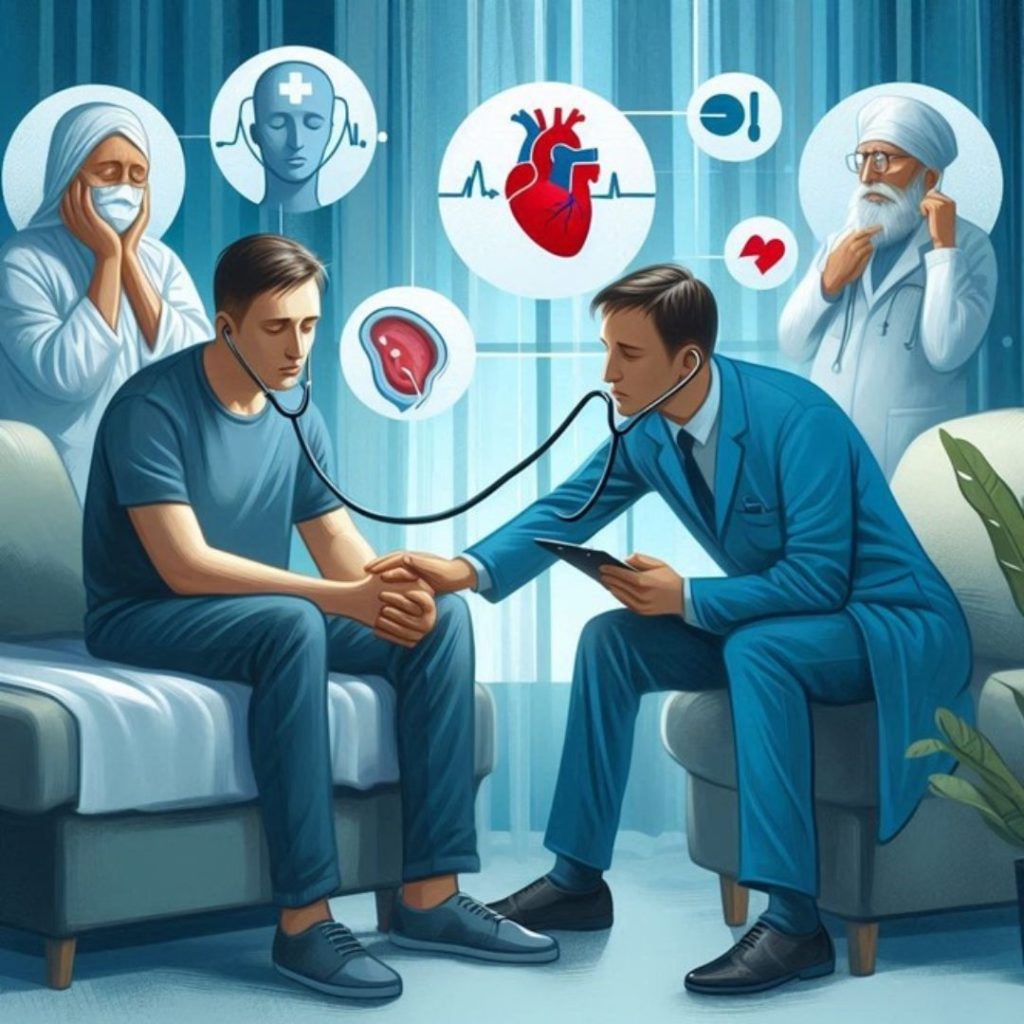
A Brief Review of The Book “Non-violent Communication and Narrative Medicine for Promoting Sustainable Health” by Maria Giulia Marini
Violent language is today highly fashionable. It helps rude politicians to gain more votes (does it remind you of Trump’s speeches?) or shameful TV talk shows to increase their TV ratings. In other instances, the violent language you can find on social media is a symptom of resentment and frustration, which leads to denigration or even cyberbullying. More commonly, it can be due to a sort of laziness in seeking the right and comprehensible words and clearer explanations.
But the words have great power: they can hurt or can heal, they can exclude or can include and build cooperation, they can deceive or transfer information and generate understanding.
Maria Giulia Marini, very sensitively, guides us with her book through a learning path to non-violent communication, with a particular, but not exclusive, attention to the relationship between patient and health care professional. She does it not only with examples from the literature, movies or events of our days but also inviting us to practice with very engaging exercises.
She does very originally start with the protagonist of The Tempest by William Shakespeare, the wizard Prospero, Duke of Milan, becoming aware of his own and other deeds and associated emotions, which led him to take a violent revenge, followed in the end by the forgiveness of his enemies. There are three important elements in this narration: the facts, the emotions and the need. Observation of facts (fact-checking), emotion and understanding of needs lead Prospero (and the reader) to peace and harmony.
This original introduction lead along the path to non-violent communication: in any relationship, from the family to the working environment, a careful observation and evaluation of facts, the understanding of feelings behind the facts and the associated needs and requests represent the basis of a non-violent relationship. The starting point is careful listening, which allows us to understand and evaluate. In any debate and in any interaction it is vital.
This is particularly important in the patient-health care professional relationship, which is asymmetrical by nature. Even the simple use of imperative tense of recommendations and prescriptions can be violent.
But how can we collect the true “pathography” of a person’s illness? Narrative-based Medicine offers an opportunity by stimulating with spoken and written stories where not only facts but also thoughts, beliefs, feelings, expectations and attitudes are collected. Narrative medicine helps us “to escape the confinement of a standardized biomedical model, and instead, incorporate the biological, social, psychological, and existential dimensions of multifaced and multipage period life to the practice of medicine”, to use the very word of Marini.
Prof. Marini shows it with great examples, such as the social withdrawal, either self-inflicted (Hikikomori) or imposed by an epidemy (Covid-19), or the language used with elderly people, how non-violent communication can help to elicit narrations. And narrations are not ends in themselves, and not only are important to better know the person we are dealing with, they provide also some healing to the person in front of us and to ourselves too.
Nowadays, some people have suggested, as Marini reminds us, that robots and other non-human entities might take care of patients, especially people with chronic diseases. A robot cannot substitute an empathetic caregiver. Nevertheless, a robot can be preferable than an abusive person supposed to take care of a patient or an elderly person. Telemedicine is better than no medical consultation at all, but it cannot replace human contact. Anyway, empathy can be conveyed through a remote teleconsultation if it is based on non-violent communication and careful listening. The “secret” is to humanize technological tools and avoid substituting patient-health professional relationships. Artificial Intelligence (AI) can be of help: Marini reports in her book a cross-sectional study that compared physician and AI responses to patient questions and showed that AI responses were preferred to physician responses.
A very recent publication on the New England of Medicine (A. Kumar and others, Jan 23, 2025)) investigated the role of AI in writing plain language discharge summary notes. This study too showed that AI was clearer and more exhaustive than the physician in charge. It is true that discharge notes are not at all empathetic, but the role of a health professional in explaining them with empathy and ability to listen to and understand patient’s emotions and needs cannot be substituted by AI.
Violent communication comes not only through disrespect, but also through use of technical words, the tone of voice, the constant rush of health professionals, shorter medical visit length but long waiting time, poor attention to patient life topics, routine use of protocols, time-consuming bureaucratic procedures, and even blatant or masked harassment.
But communication can be open, assertive and self-confident, as an alternative to passive or aggressive communication. But unfortunately, Marini states “We carry within us, in our DNA, both vectors of aggressivity for survival and of cooperation for development, and this inevitably brings us to different behaviors”.
The captivating and stimulating blook by Maria Giulia Marini ends with two further gems: the first deals with the multiple aspects of intelligence, what genial people have in common and how multiple intelligence can be applied to non-violent communication. The second and final gem deals with the “peace” and the need to trust building and reciprocal dialogue.
A final tip on Maria Giulia Marini’s style of writing: such is the importance she attributes to words that she often provides us with an accurate investigation of the origine of some words, offering us the possibility to understand their true meaning.
Enjoy the reading!
